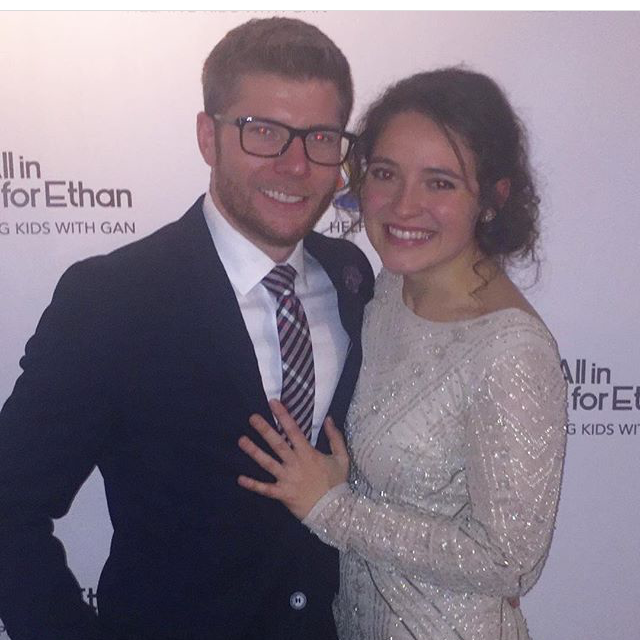Event Recap: 5th Annual All In For Ethan: Fundraiser for Children with (GAN)
Last night we had the distinct honor of DJing for the All In For Ethan: Rare But Not Forgotten Fundraiser. This annual fundraiser raises money to help kids with Giant Axonal Neuropathy(GAN) improve their quality of life. They also contribute to GAN research to halt the progression of this terrible disease.
All In For Ethan - is a 501c3 charity that was created to enhance the quality of life for children affected by Giant Axonal Neuropathy (GAN). Their mission "is to enhance the quality of lives of children with Giant Axonal Neuropathy".
Giant axonal neuropathy (GAN) is an inherited condition involving dysfunction of a specific type of protein in nerve cells (neurons). The protein is essential for normal nerve function because it forms neurofilaments. Neurofilaments make up a structural framework that helps to define the shape and size of the neurons. This condition is characterized by abnormally large and dysfunctional axons, which are the specialized extensions of nerve cells that are required for the transmission of nerve impulses.
Giant axonal neuropathy generally appears in early childhood, (onset is typically 2 1/2 years of age). It progresses slowly as neuronal injury becomes more severe. Signs of GAN usually begin in the peripheral nervous system, which controls movement and sensation in the arms, legs, and other parts of the body. Most individuals with this disorder first have problems with walking. Later they may lose sensation, coordination, strength, and reflexes in their limbs. Hearing and visual problems may also occur. Extremely kinky hair (as compared to others in the family) is characteristic of giant axonal neuropathy.
How do people get giant axonal neuropathy?
This condition is inherited in an autosomal recessive pattern, which means both copies of the gene in each cell have mutations. The parents of an individual with an autosomal recessive condition each carry one copy of the mutated gene, but they typically don't show signs and symptoms of the condition.
Currently, there is no cure or treatment for GAN. As the disorder progresses, patients become quadriplegics, dependent on a feeding tube and ventilator. Children who are diagnosed with the disease have a life expectancy no longer than their early twenties while some die much younger.
At last night's event, Dr. Steven Gray of the University of North Carolina was the keynote speaker and guest of honor this year. His groundbreaking research in Giant Axonal Neuropathy (GAN) is unparalleled in halting the progression of the disease.
GAN is a rare condition. There are currently only about 100 known cases. As Dr Gray stated in his speech last night, there is a popular aphorism in the medical community when diagnosing diseases: "When you hear hoofbeats, think horses not zebras" because in most cases, the disease in question is probably more likely to be something common so it is safe to assume this first. He said one of his professors told him to focus on the "horse-dieases" for his research (more common diseases) not the "zebras" (more rare ones). Dr Gray didn't take this advice and says that if rare diseases are represented by Zebras then GAN would be best represented by Unicorns because it is so rare.
For more information on GAN and All In for Ethan check out their website: http://www.allinforethan.org/
Please consider giving or attending one of their future events. Your donations directly impact the lives of children with Giant Axonal Neuropathy.








